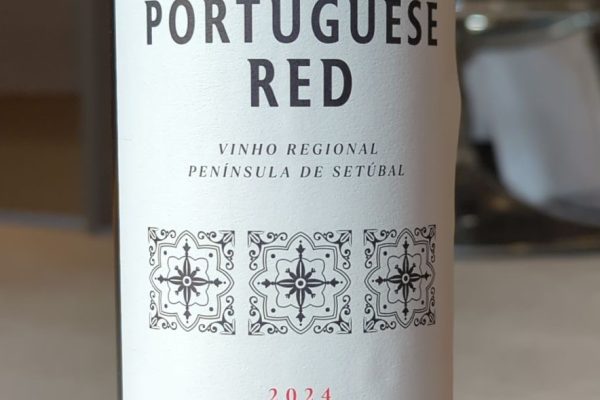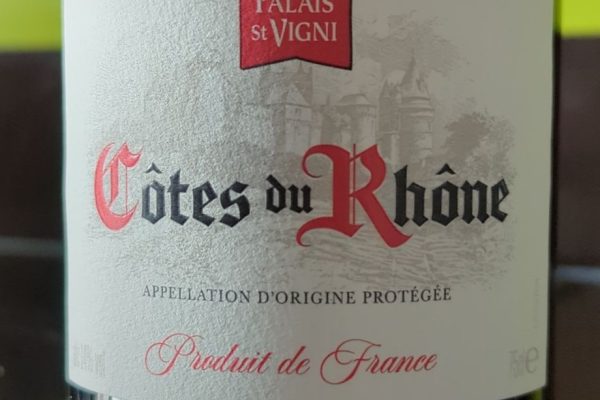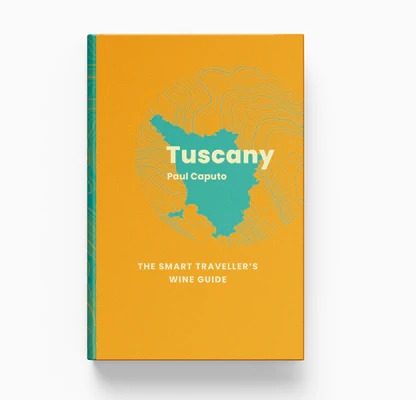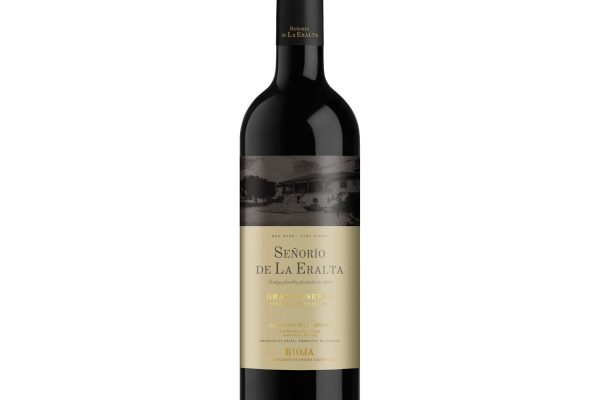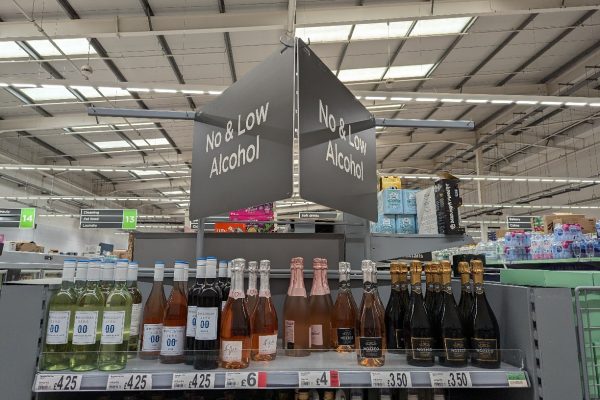
There’s new research by University of Reading’s School of Agriculture on Minerality in Wine: Textual Analysis of Chablis Premier Cru Tasting Notes. The concept of minerality in wine, often used to describe the sensory qualities of high-quality white wines from cooler regions like Chablis, has been subject to much debate and analysis. Minerality is typically associated with descriptions like gunflint, wet stones and seashells, suggesting a link with the terroir’s geological and soil composition. However, the literal interpretation of minerality as a taste of the soil’s inorganic components has been contested.
A comprehensive study analysed over 16,000 Chablis Premier Cru tasting notes from the CellarTracker database, examining associations between the descriptor ‘minerality’ and various other wine characteristics, alongside environmental factors like weather, topography and soil type. The findings indicate that mentions of minerality in tasting notes have decreased over time, while references to other characteristics such as acidity, salinity, and fruit notes have increased. The study suggests that this shift may be due to changing fashion, a more precise vocabulary among consumers, or a genuine change in the wine profiles due to climate change, which has led to warmer growing seasons.
Interestingly, the research found no direct correlation between minerality and the type of soil, contradicting the traditional view that the soil’s inorganic components can be tasted in the wine. Instead, factors like cooler weather conditions and less direct sunlight during the growing season were more strongly linked to the presence of minerality. The study suggests that while the traditional understanding of minerality may not hold, the term still captures a real sensory experience, potentially influenced by environmental conditions rather than soil type alone.
This nuanced understanding of minerality, largely derived from textual analysis of consumer wine reviews, helps clarify the term’s use and the factors that may influence the sensory profile of wines like Chablis Premier Cru. This research could inform both wine consumers and producers, particularly in cooler climates, about the conditions that may enhance the mineral qualities of their wines.




